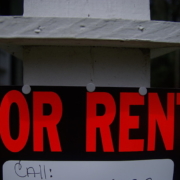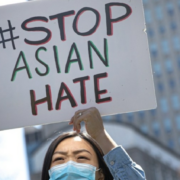Unequal Access to Remote Work During the COVID-19 Pandemic
UCLA Center for Neighborhood Knowledge released a research brief today that examines the inequalities in access to remote work during the COVID-19 pandemic.
The analysis uses data from the U.S. Census Household Pulse Survey (HPS) Phase 2 from August 19th to October 26th, when questions were added covering access to remote work, to assess the effects of remote work on employment status and the distribution of access to remote work across racial, income, and other systematic disparities.
Remote work is one aspect of the digital divide, which predates the current public-health crisis, but the findings show that the pandemic is amplifying the disparities along race and class lines. Telecommuting, which was once a relatively rare phenomenon, has become a major factor in moderating the economic impacts of novel coronavirus, such that these race and class discrepancies now have life-threatening consequences.
The major findings include:
- Access to remote work lowers rates of joblessness, use of unemployment benefits, and lost earnings.
- Black and Hispanic workers are switching to remote work at lower rates than Whites.
- While Asians appear to access remote work at higher rates than Whites, this distinction is reversed when income, education, age, and location are taken into account.
- The racial disparities are explained partially, but not completely, by differences in income and education.
- The majority of workers with a bachelors’ degree, and those making over $150k, were most able to access remote work during the pandemic, further exacerbating existing disparities.
Access the full report here >>> Unequal Access to Remote Work During the COVID-19 Pandemic



 https://www.flickr.com/photos/29456235@N04/
https://www.flickr.com/photos/29456235@N04/ 







Leave a Reply
Want to join the discussion?Feel free to contribute!